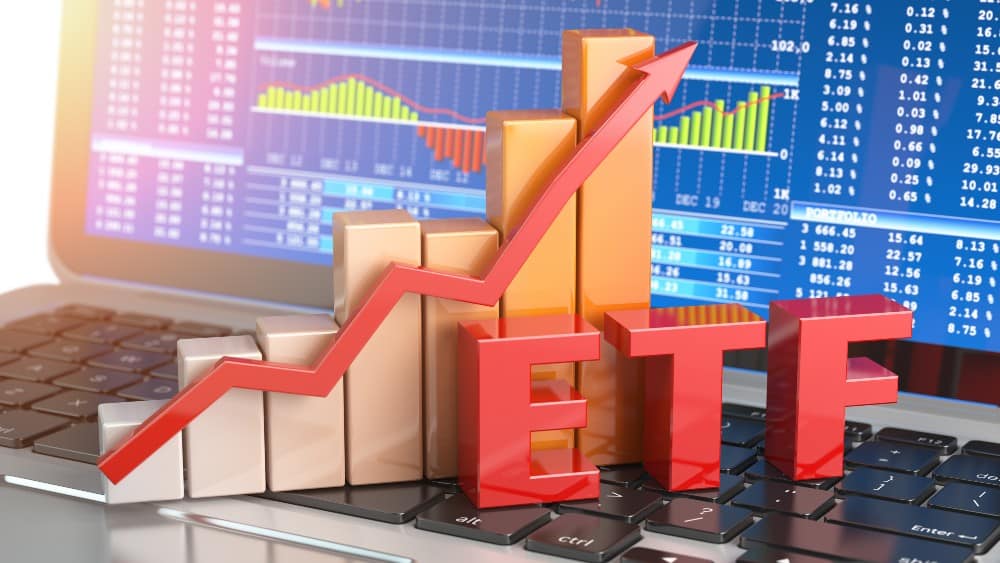When looking at exchange-traded fund (ETF) for 2025, iShares Core MSCI All Country World ex Canada Index ETF (TSX:XAW) and Vanguard All-Equity ETF Portfolio (TSX:VEQT) are strong options. So, without beating around any type of bush, let’s look at what these two have to offer.
Some background
XAW is designed for investors who want global diversification while excluding Canadian stocks. These are often already heavily represented in Canadian portfolios. Its holdings span across the U.S., Europe, Asia, and emerging markets. With technology making up 26% of its portfolio and financial services at nearly 16%, XAW is well-poised to capture growth in key global sectors. Over the last three years, XAW has consistently shown strong earnings growth, with a balanced exposure to both established and emerging economies. Recently trading at $44.12, it reflects the resilience of global markets amidst economic uncertainties.
VEQT, however, takes a more holistic approach by allocating 100% to equities across Canadian and international markets. Its portfolio is heavily weighted toward financial services (21%) and technology (20%), sectors that are historically robust in Canada and globally, with its top holdings including other Vanguard holdings. VEQT provides a balance between domestic stability and international growth opportunities. Trading recently at $44.70, VEQT demonstrates steady performance with a year-to-date return down 0.44%, reflecting resilience in volatile markets.
The benefits
XAW’s global diversification is particularly appealing in today’s interconnected world. It offers significant exposure to the U.S. market, which has historically delivered strong long-term returns. Additionally, its inclusion of emerging markets through funds like XEC provides a growth edge as developing economies like India and Brazil expand.
VEQT is an excellent companion to XAW for investors who prefer a single-ticket solution to equities. All while maintaining some Canadian exposure. It ensures that investors benefit from Canada’s robust natural resources and banking sectors while enjoying the growth potential of developed and emerging markets.
Both ETFs come with attractive management expense ratios (MERs), making them cost-effective options. XAW has an MER of 0.22%, while VEQT’s is just 0.24%. These low costs mean more of your money remains invested and compounds over time.
Looking ahead
The future outlook for these ETFs remains promising. As the global economy recovers and shifts to a greener and more tech-driven focus, XAW’s exposure to sectors like technology and healthcare positions it for strong gains. Meanwhile, VEQT’s broad-based strategy offers stability through its diversification and access to developed and emerging markets.
In recent earnings, global equities reflected in XAW have seen a slight pullback, but this provides an opportunity for investors to buy into the fund at a discount. Similarly, VEQT’s year-to-date drop signals resilience, particularly in a year when rate cuts may not materialize as hoped.
For long-term investors, these ETFs provide a one-two punch of diversification and growth. Whether you’re building a new portfolio or looking to enhance your existing one, XAW and VEQT are top contenders for achieving your financial goals in 2025 and beyond. With a light-touch strategy and plenty of potential for gains, they’re investments you can feel confident about holding.

